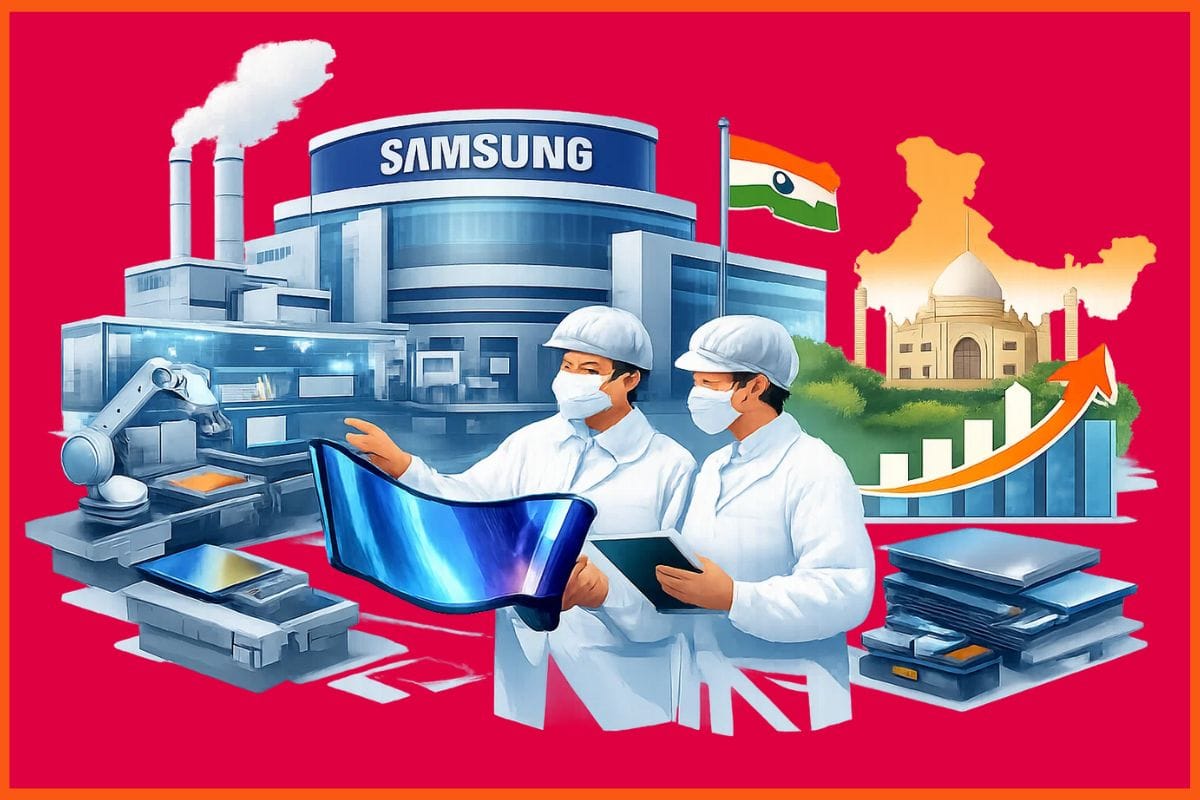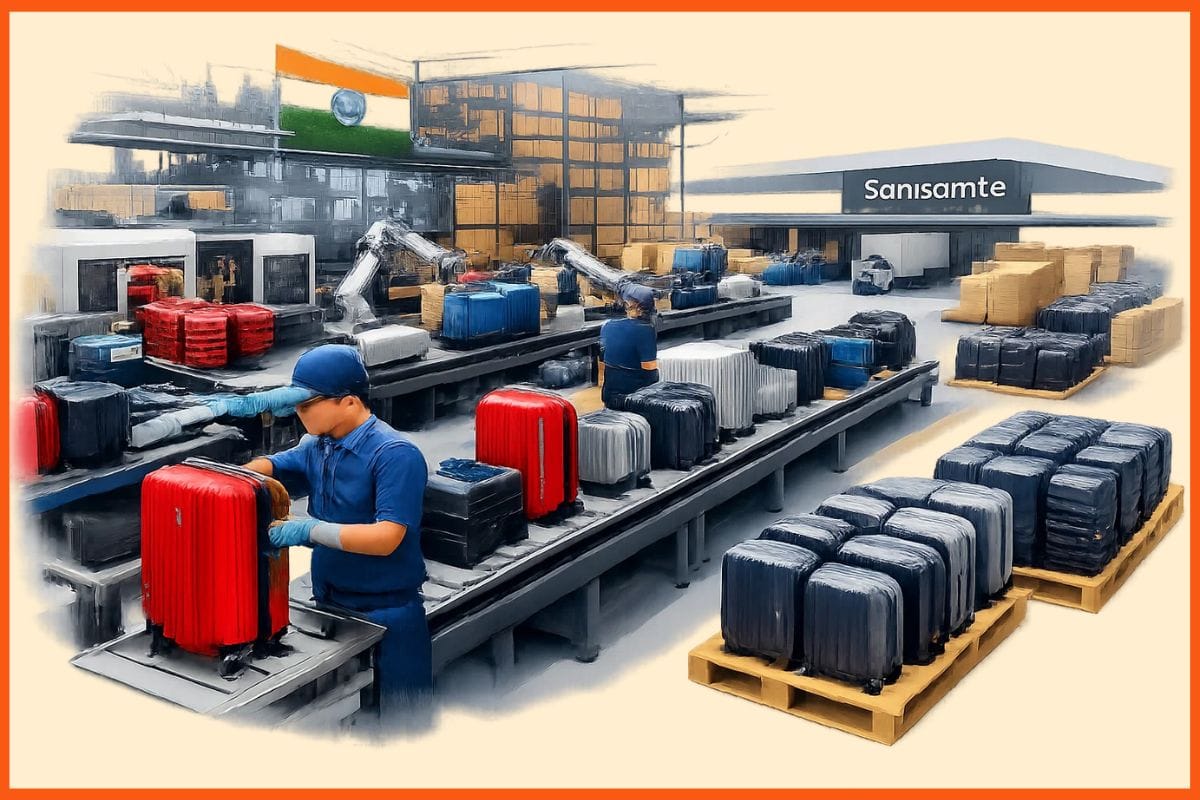Coca-Cola India - Hoping to Regain its Fizz in India
📄Company Profiles
Company Profile is an initiative by StartupTalky to publish verified information on different startups and organizations. The content in this post has been approved by Coca-Cola.
Coca-Cola India, is one of the country’s leading beverage companies, offering a range of healthy, safe, high quality, refreshing beverage options to consumers. Ever since its re-entry in 1993, the Company has gone on to establish an unmatched portfolio of beverages, refreshing consumers with its leading beverage brands like Coca-Cola, Coca-Cola Zero, Diet Coke, Thums Up, Fanta, Fanta Green Mango, Limca, Sprite, Sprite Zero, VIO Flavored Milk, Maaza, Minute Maid range of juices, Georgia and Georgia Gold range of hot and cold tea and coffee options, Kinley and Bonaqua packaged drinking water, Kinley Club Soda and BURN energy drink.
The Company along with its bottling partners, through a strong network of over 2.6 million retail outlets, touches the lives of millions of consumers. Its brands are some of the most preferred and most sold beverages in the country.
Coca-Cola India - Company Highlights
| Startup Name | Coca-Cola India |
|---|---|
| Headquarters | Gurgaon, India |
| Industry | Consumer goods |
| Parent Company | The Coca-Cola Company |
| Started Operating | 1950 |
| CEO | Neeraj Garg |
| Areas served | India |
| Website | www.coca-colaindia.com |
Coca-Cola India - About and How it works?
Coca-Cola India - Logo and its meaning
Coca-Cola India - Recent News
Coca-Cola India - Founder and History
Coca-Cola India - Mission
Coca-Cola India - Business Model
Coca-Cola India - Revenue and Growth
Coca-Cola India - Investment
Coca-Cola India - Challenges Faced
Coca-Cola India - Competitors
Coca-Cola India - Future Plans
Coca-Cola India - FAQs
Coca-Cola India - About and How it works?
Coca-Cola India is the Indian version of the renowned Coca-Cola company, the Consumer goods firm known across the globe. The Coca-Cola Company started operating in India in 1956. Coca-Cola is India’s largest beverage maker and is estimated to have around 40% share of the country’s branded beverages market.
For Coca-Cola overall, India is currently the sixth-largest market after the U.S., Mexico, Japan, Brazil and China. While Quincey’s mandate to his India team — led by T. Krishnakumar, president Coca-Cola India and Southwest Asia — is to move India one notch up in the foreseeable future, his long-term vision is for India to be among the company’s top three markets globally.
Coca-Cola India - Logo and its meaning
The brand’s history began when John Stith Pemberton, the inventor of the beverage, turned to his book accountant – Frank M. Robinson, to help him brand his creation. Frank immediately suggested the simple and mark-hitting ‘Coca-Cola’. The marketing strategy created a boom, and one year later Frank came up with the first logo – the handwritten name of the company.

The handwriting has proved to be an eternal element, as it has come through the numerous logo modifications unchanged except for the colour. The logo of Coca-Cola is the same with the attached country name, for India.
Coca-Cola India - Recent News
- Coca-Cola said T. Krishnakumar will be responsible for building and strengthening critical local partnerships in India and supporting the new operating unit leadership team. Krishnakumar had been heading Coca-Cola India as president since April 2017.
- Coca-Cola India's revenue from operations rose 2,741.54 crore in 2019-20, up 18.63 per cent during 2019-20 as compared with INR 2,310.92 crore a year ago.
- The company, which makes Maaza juice drink, Thums Up, Sprite and Coca-Cola aerated drinks and operates across 15 factories, said the policy will span the period post-pandemic, such that employees can choose to permanently work-from-home, provided they do not need to be physically present at the work location, for example at factories and sales functions.
- Coca-Cola said its financial contribution will be utilized for various purposes, which include activation of over 50 locations across 10 states in partnership with its bottlers to support the hydration needs of the underserved communities through distribution of beverages during the lockdown period.

Coca-Cola India - Founder and History
Asa Griggs Candler is the founder of Coca-Cola.

Coca-Cola came to India in the year 1956. Since India had not any foreign exchange act, Coca-Cola made huge money operating under 100% foreign equity. Indian foreign exchange act was implemented in the year 1974 during Indira Gandhi time. The foreign exchange act stated that foreign companies selling consumer goods must invest 40% of its equity stake in India in its Indian associates. Coca-Cola agreed with investing 40% foreign equity but stated that they would still hold full power in technical and administrative units with no local participation allowed.
This demand was against the foreign exchange act. The government instructed Coca-Cola to either write up a new plan or to leave the country. In 1976 Indira Gandhi called for elections and all the other political parties formed one party in her opposition. They called themselves the Janta Party. The Janata Party came into power in 1977 and stressed that Coca-Cola should either accept the foreign exchange act or leave the country. Coke India left that year.
Coca-Cola India - Mission
Coca-Cola’s mission statement is “to refresh the world in mind, body, and spirit, to inspire moments of optimism and happiness through our brands and actions, and to create value and make a difference.” Coca-Cola is a company that focuses on leaving a legacy wherever it operates. The company highly values making a difference in individuals and communities, while at the same time letting them enjoy the great tastes of its products.
Coca-Cola India - Business Model
In light of the company’ affordability strategy, Coca-Cola went about bringing a cost-focus culture to the company. This included procurement efficiencies –through focus on key input materials, trade discipline and control and proactive tax management through tax incentives, excise duty reduction and creating marketing companies. These measures have reduced the costs of operations and increased profit margins.
Coca-Cola in India minimized its capital needs by meeting new manufacturing capacity needs through external co-packers, outsourcing its distribution and meeting its in-market-refrigeration and cooling needs by giving incentives to retailers to self-fund the same through its “Own Your Fridge Scheme.”
Today, the company has an extensive rural and urban distribution network. Coca-Cola adopts a hub and spoke format distribution network ensuring that large loads travel longer distances and short loads travel short distances. The company has increased its village penetration from 9 per cent in 2000 to 28 per cent in 2004 and covers approximately 175,000 villages today. Rural India now accounts for 30 percent of Coca-Cola’s sales volumes.
Coca-Cola India - Revenue and Growth
Coca-Cola India's revenue from operations rose 2,741.54 crore in 2019-20, up 18.63% during 2019-20 as compared with ₹2,310.92 crore a year ago. While its other income had contributed ₹70.52 crore to the financial year ended March 31, 2020.
Achieving continued sustainable, responsible growth in India is core to achieving our 2020 Vision of doubling system revenues in this decade," said Muhtar Kent, Chairman and CEO, The Coca-Cola Company. "Our ongoing investment in India is focused on delivering innovation, partnerships and a portfolio that enhances the consumer experience ensures product affordability and builds brand loyalty to deliver long-term growth."
NARTD beverages have enormous growth potential in India. Coca-Cola India has registered unit case volume growth in India for the past 23 quarters, 17 of which have seen double-digit growth. Two of the Company's core sparkling brands - Thums Up and Sprite - are the country's top-selling soft drink brands while brand Coca-Cola is one of the country's fastest-growing sparkling brands, most recently reporting 27 percent growth in the first quarter. In the still beverage category, Coca-Cola's Maaza is India's largest selling juice drink.

Coca-Cola India - Investment
The Coca-Cola system has already invested more than US $2 billion in India since it re-entered the country in 1993. Today's announcement brings the total investment number to US$7 billion since reentry into India. The Coca-Cola India system currently directly employs more than 25,000 people and is estimated to have created indirect employment for more than 150,000 people in related industries through its vast procurement, supply chain and distribution system. The investments announced today by Coca-Cola will further catalyse economic growth and create new opportunities for local communities.
Atul Singh, President and CEO, Coca-Cola India and Southwest Asia, said, "India is a strategic growth market for The Coca-Cola Company, ranking among our top 10 markets in volume globally and as the largest market in the Eurasia and Africa Group. Our India business has been growing at a robust rate over the last five years, and our goal is to continue this momentum. The country's demographics, economic and social parameters are all huge drivers of growth and we have to ensure that we continue to grow our offerings to be the non-alcoholic, ready-to-drink beverage company of choice for local consumers."
Coca-Cola India - Competitors
Coca-Cola and Pepsi have been losing share to local rivals, including Parle, Dabur and ITC, in the aerated-beverages segment even as the global soft-drink giants introduced more fruit-based and healthier products to reduce their reliance on sugary sodas, in India.
Coca-Cola India - Challenges Faced
- A debate over water usage, accusations over pesticide content and sweeteners, as well as more general concerns in India over the unhealthiness of fizzy drinks are plaguing the brand. “Coca-Cola has had a chequered history in India,” says N Chandramouli, a brand expert and chief executive of Trust Research Advisory, a data insights company in India.
- In the past month, Atlanta-based Coca-Cola and its rival PepsiCo have been boycotted by retailers in the southern Indian state of Tamil Nadu, while traders in Kerala have followed suit and decided to favour local beverages such as lime soda and coconut water, amid accusations that the multinational companies are exploiting scarce water resources in the drought-hit states.
- Meanwhile, the food and drug administration in Maharashtra a week ago asked McDonald’s to stop selling Coke Zero across its outlets in the state because of concerns over artificial sweeteners and a lack of warning displayed on the product
- In the past, the brand has had several turbulent experiences in India. Coca-Cola withdrew from the country in 1977 after a new government insisted that the company partner with a local firm. The cola maker did not return until 1993, post-liberalisation, as India began opening up the economy to foreign investment.

Coca-Cola India - Future Plans
- Coca-Cola is working on reducing the sugar content in its beverages in three to four years and has already reduced it in Thums Up and Maaza to below six grams, T Krishnakumar, president-India and Southwest Asia of Coca-Cola, said. All new launches by the company won’t have more than six grams of sugar in the next three and a half to four years, he said. “Most of our new products which were expanded come with sugar levels, which are much below what has been prescribed by the WHO”
- Coca-Cola had earlier committed an investment of $1.7 billion by 2023 to grow what it calls the fruit circular economy in India. As a part of this, it wants to invest in the entire fruits supply chain—right from working with farmers to grow high-quality fruits to processing them for fruit-based drinks and creating a line for finished products to be marketed in India. As a part of growing volumes in India, Coca-Cola will also launch new products across categories, including enhanced hydration, nutritious dilutables and beverage-plus (like fruit-based snacks).
T. Krishnakumar, President and CEO of Coca-Cola India and South West Asia, said, “The next target we are eyeing is to double the size of the business in five years. We had promised to invest INR 11,000 crore/ $1.7 billion by the year 2023 and we are on path. We will complete our investment ahead of time.”
Coca-Cola - FAQs
Who is the Founder of Coca-Cola?
Asa Griggs Candler is the founder of Coca-Cola.
Who is the CEO of Coca-Cola India?
Neeraj Garg is the CEO of Coca-Cola India.
Why was Coca-Cola banned in India?
Coca-Cola was temporarily banned in India due to reports of it containing pesticides.
Must have tools for startups - Recommended by StartupTalky
- Convert Visitors into Leads- SeizeLead
- Website Builder SquareSpace
- Manage your business Smoothly Google Business Suite






